Police uniform insignias, sake cups as part of new WWII exhibition to mark Japanese Occupation in Singapore

Artefacts detailing the backstory of Major-General Tomoyuki Yamashita and how the "Tiger of Malaya" came to be. (Photo: CNA/Ho Pei Ning)
SINGAPORE: For anyone with a brief understanding of the Japanese Occupation in Singapore during World War II, the name “Tiger of Malaya” may ring a bell.
He was otherwise known as Major-General Tomoyuki Yamashita, the Japanese general during World War II who was responsible for conquering Malaya and Singapore in 70 days, earning him the infamous title.
But a little known fact is that the Tiger of Malaya may not have been so integral to Singapore’s history if not for a “fortuitous” meeting with his superior, Lieutenant-General Kawagishi Bunzaburo.
At that time, Yamashita was at the “lowest ebb of his career” and was considering resigning when Kawagishi stepped in with a note of encouragement from then Emperor Hirohito. This gesture “lifted Yamashita’s spirits and restored his confidence”, helping him grow his military reputation – and sealing Singapore's fate.
This new perspective on one of the most significant figures of the Japanese Occupation is presented in a new exhibition at the National Archives Singapore (NAS).
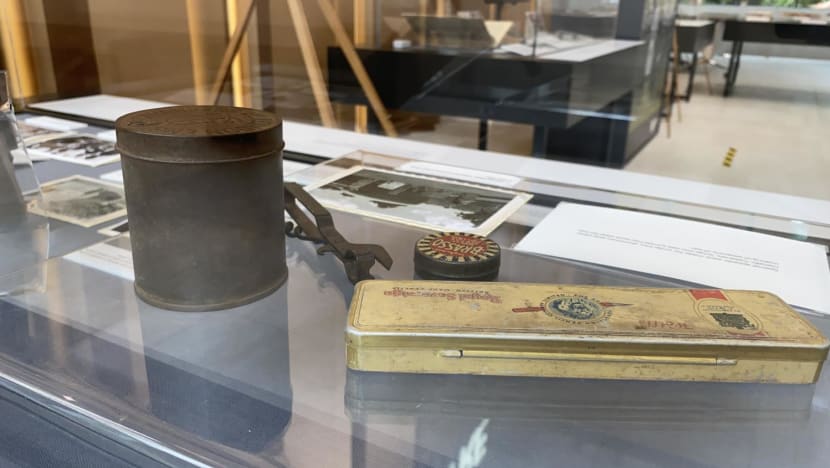
NEW PERSPECTIVES ON A “VERY OLD TALE”
Titled New Light on an Old Tale: 80th Anniversary of the Fall of Singapore, the exhibition will be launched on Tuesday (Feb 15) and will run until Jun 30. It is free for public admission and held at the NAS Building Atrium outside Oldham Theatre.
The exhibition, which coincides with the 80th anniversary of the British's surrender to the Japanese, aims to present new perspectives to the existing narrative of the Japanese invasion. It features many World War II related artefacts on public display for the first time, complemented with oral history interviews and images from the NAS collection, according to a press release.
“It’s our way of telling new perspectives on a very old tale, one that has been repeated a lot of times. ... (The exhibition) not only seeks to enhance one’s understanding of the war, but it’s also to give a different perspective of how things became the way they are,” exhibition tour guide Gabriel Seow told reporters on Monday (Feb 14).
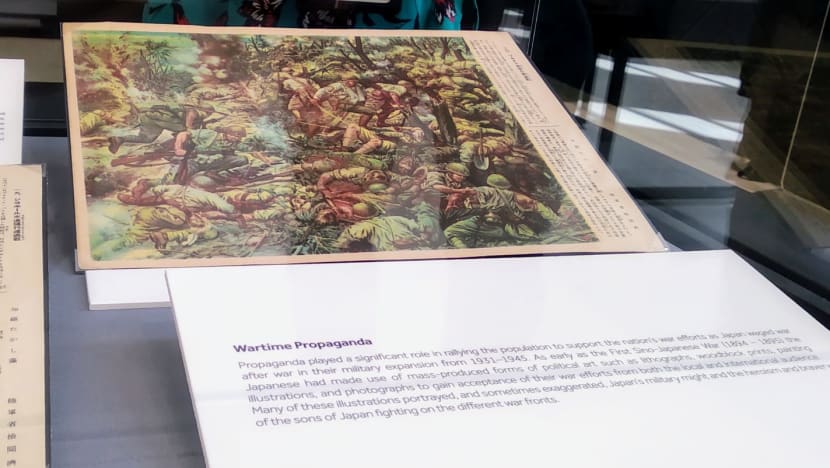
Pulling together the personal collections of three private collectors - from police uniform insignias to sake cups - NAS was challenged to piece together a "comprehensive" storyline for the public after the collectors agreed when NAS approached them in September last year.
"It's a very special year - the 80th anniversary of the fall of Singapore. So to them, it will be good to showcase their collection on a very public scale. Because as a collector, your resources are rather finite, whereas if you approach an institution, like NAS, we actually have the resources to do up an exhibition, to have the venue, to do marketing and publicity," said Mr Seow.
"(The collectors) were very forthcoming. They were very, very willing to partner with us to showcase their wares for the first time to the public. The only challenge is ... they have more than what we have here. So the challenge was to narrate the exhibition as comprehensively as possible," added another exhibition tour guide Grace Ho.
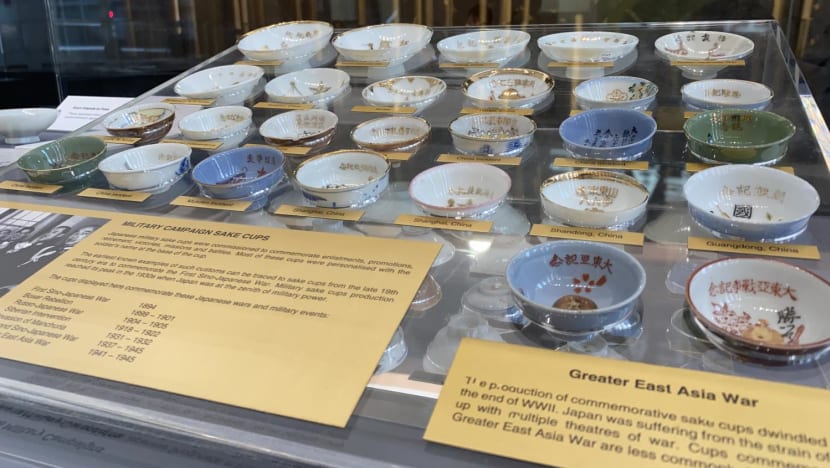
NOTABLE ARTEFACTS
If you're thinking of heading down to the exhibition, here are some artefacts to look out for.
First, a collection of military campaign sake cups. The cups were commissioned to commemorate enlistments, promotions, retirement, victories, missions and battles. The names of soldiers were even inscribed at the bottom of the cups, making each cup unique.
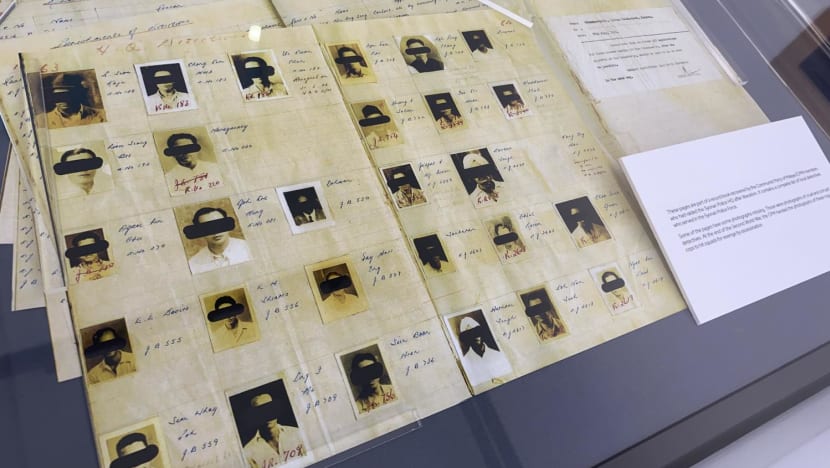
Another memorable artefact is the pages of a record book recovered by members of the Communist Party of Malaya who had raided the Syonan police headquarters after liberation. Some of the pages have photographs missing, as these images were of "cruel and corrupt" detectives, stated the exhibition display.
"At the end of the Second World War, the Community Party of Malaya handed the photographs of these rogue cops to hit squads for revenge by assassination," it added.
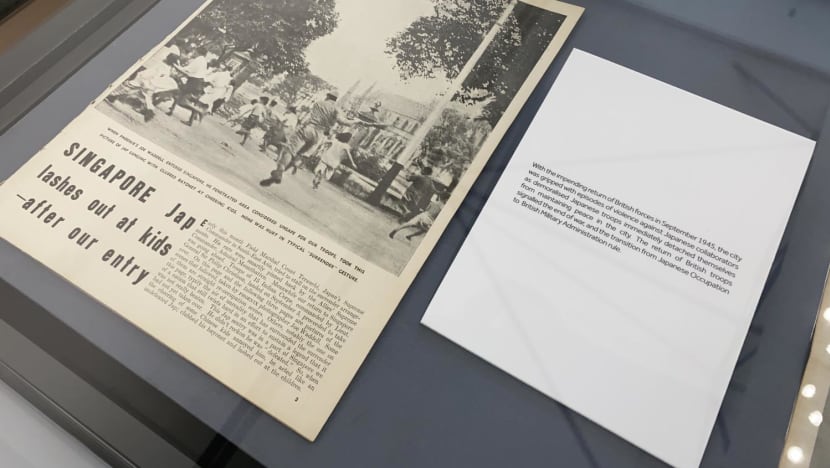
Next, a photo in a newspaper report showing Japanese soldiers lashing out at children when the British were re-entering Singapore.
This action, according to the report, was a "typical surrender gesture".
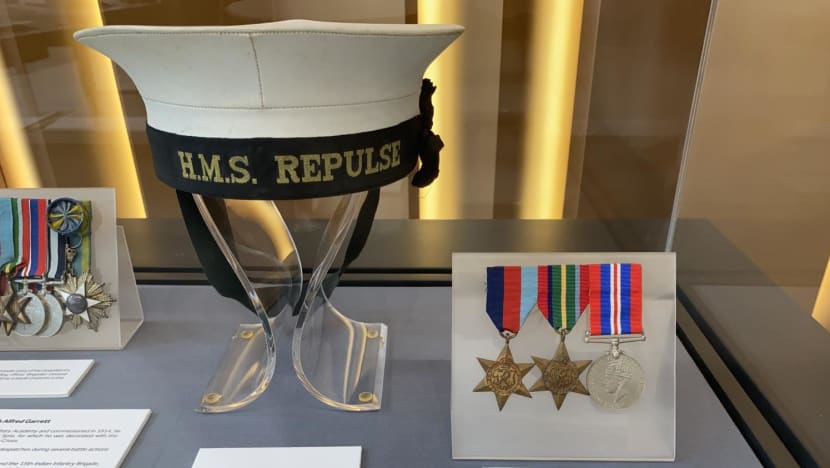
Finally, a navy cap belonging to a 21-year-old writer with the Royal Navy is on display, making it one of the only items on display that did not belong to soldiers.
During wartime, writers would accompany the combat soldiers as a way of documenting history. The writer, identified as Leslie James Jackson, died when the ship he was on, HMS Repulse, was sunk by Japanese bombers.
In conjunction with the exhibition, NAS has also organised other programmes, including an "Archives Invites” talk in March by Bennett Sng, one of the collectors, on some of the significant artefacts featured and the stories behind them.
There will also be specially curated film screenings by the Asian Film Archive. The public can sign up for these programmes here.
"These collections tell Singapore’s stories in a different manner, and could spur Singaporeans’ curiosity to find more shared stories of our nationhood. ... We hope to work with more partners who could help to tell the Singapore stories, and deepen everyone’s appreciation for the peace and nationhood we enjoy today," said the National Library Board chief executive officer Ng Cher Pong.














